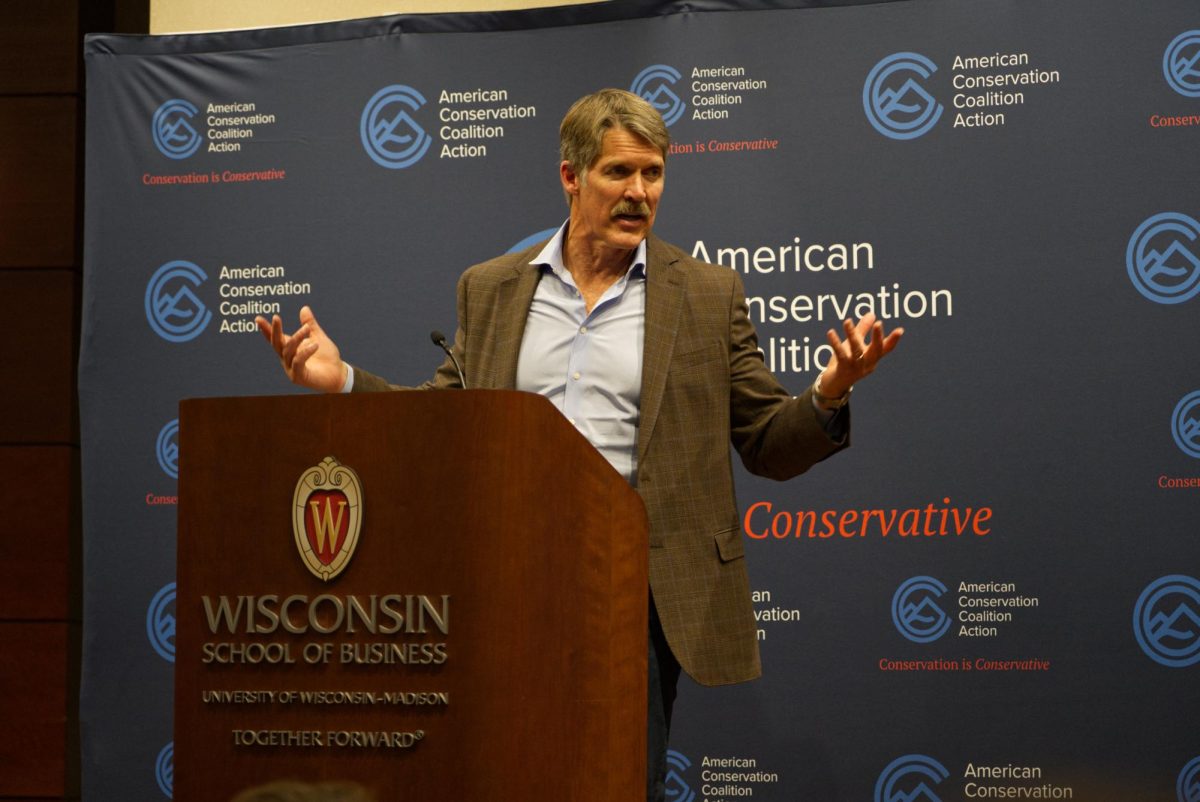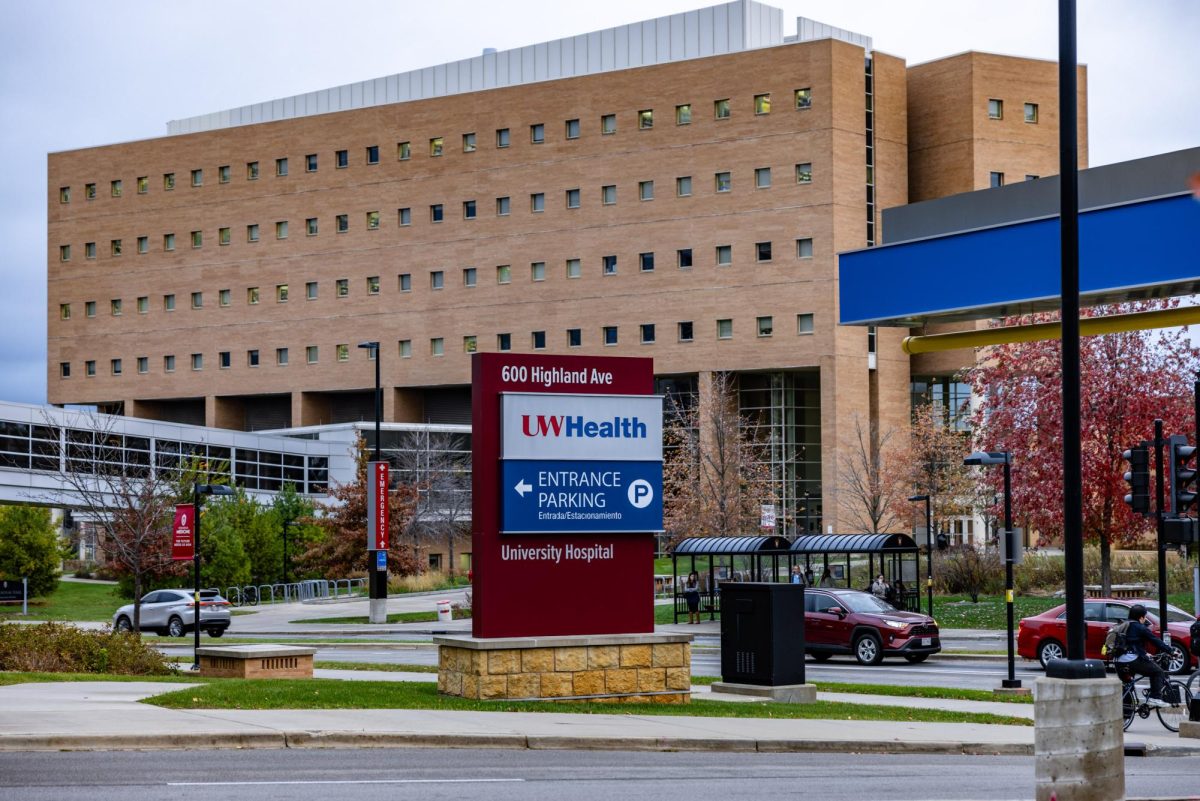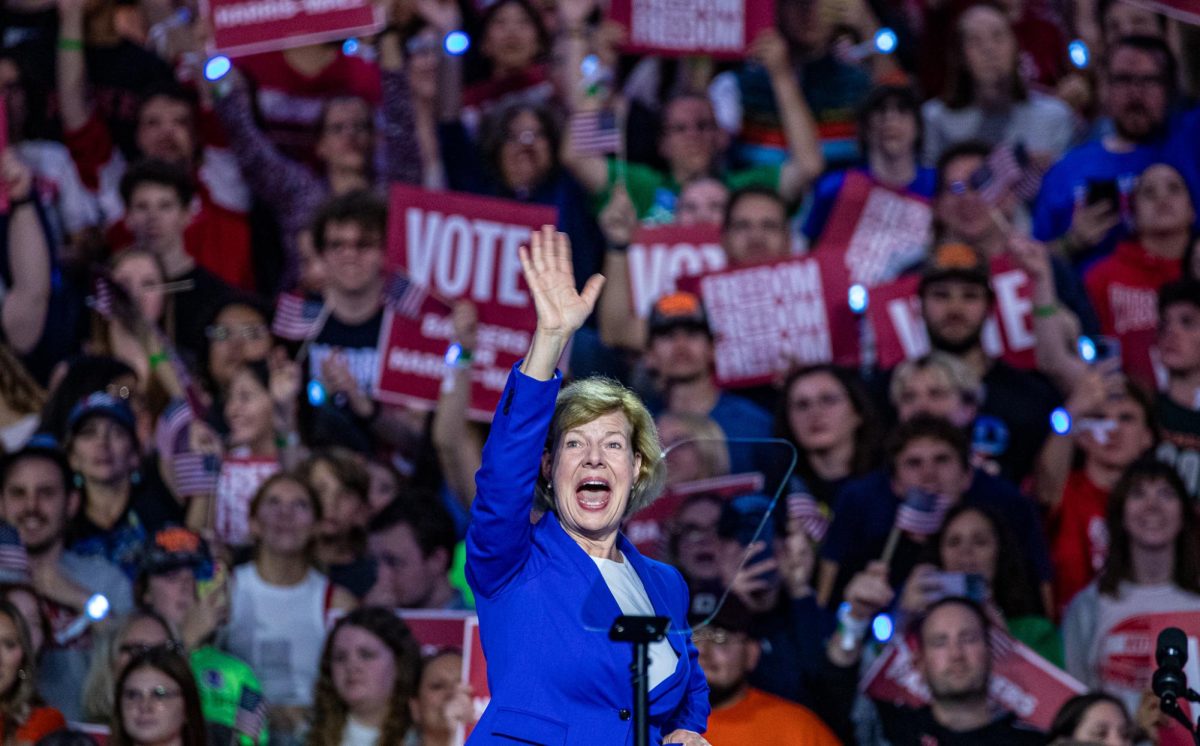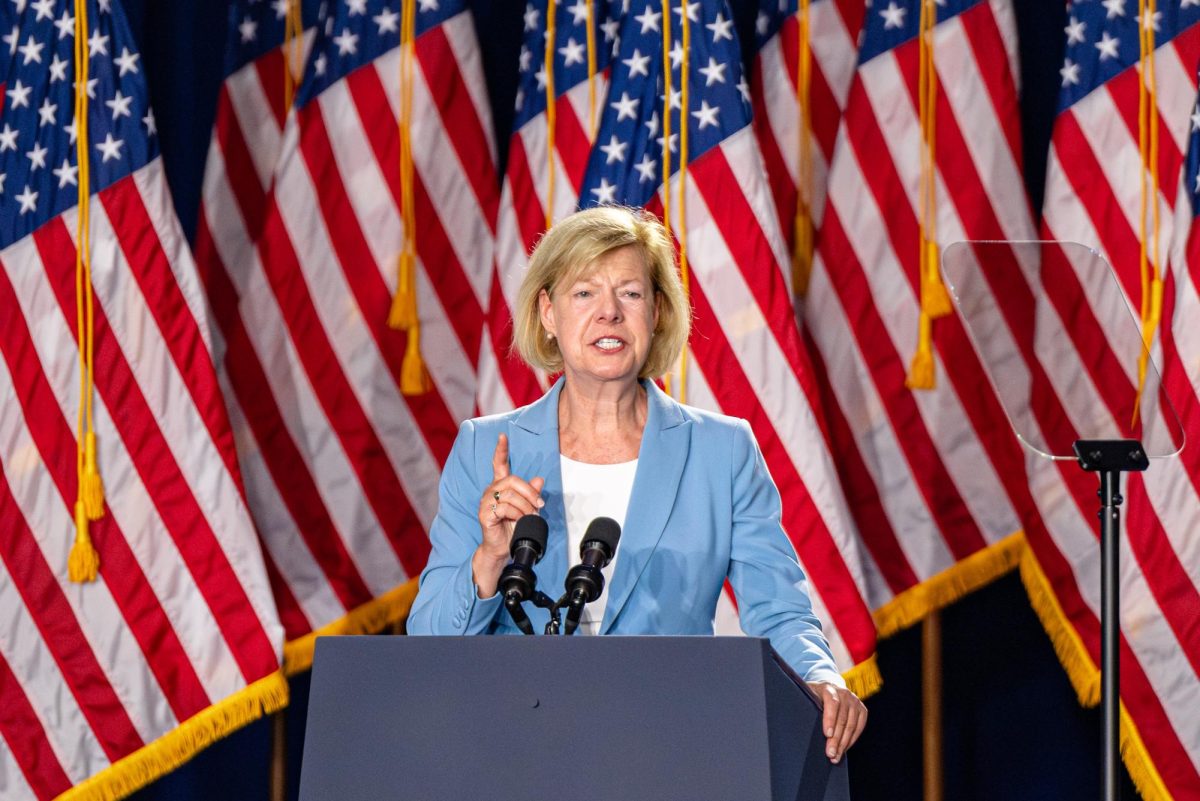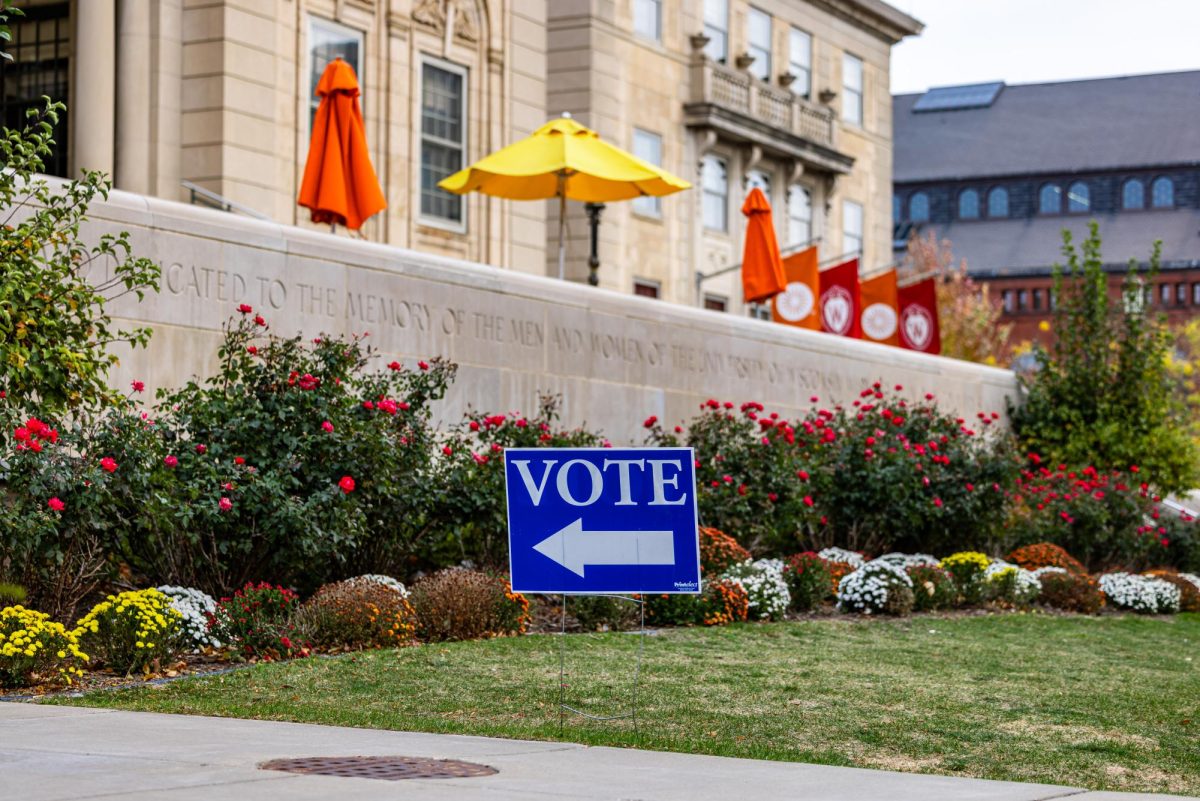Gov. Scott Walker announced Tuesday afternoon a plan to upgrade a central highway in Wisconsin to an interstate, a move which opponents said would be a misuse of funds during a time of economic hardship and sharp cuts in state funding for local programs.
A 142-mile stretch of U.S. Highway 41, which goes northeast out of Milwaukee, follows the inland coast of Lake Winnebago and cuts through Green Bay before heading up toward Michigan and ending at the northernmost peak of the Upper Peninsula, would receive a face lift to put it in line with federal standards designating it an interstate highway.
But only the segment running from the Mitchell Interchange by downtown Milwaukee to Green Bay would receive the upgrade. Walker added the improvements would increase the area’s economy.
“U.S. 41 connects crucial regions of Wisconsin with economic impacts that benefit local, state and regional economies,” Walker said in a statement. “Converting the corridor to an interstate highway will provide enhanced safety, mobility and economic development potential.”
He added U.S. 41 is used by trucks that move the bulk of Wisconsin’s commodities to domestic and foreign markets, but the road also impacts the state’s tourism industry.
Planning for the upgrade has been going on since 2005, when U.S. Rep. Tom Petri, R-Wis., designated the stretch of road eligible to become an interstate, the Department of Transportation northeast section Chief and project manager Colleen Harris said.
“U.S. 41 is a good facility now, but interstate means higher safety and visibility for businesses,” Harris said.
In order for the highway to receive the accredited blue shield of an interstate system, the DOT staff inventoried the entire 142 stretch of highway and noted areas that needed improvement, Harris said.
An interstate system needs to have a wide enough shoulder, which can be either paved or gravel, higher bridge clearances than a U.S. highway and a median between the two sides of traffic made of cement or designated by grass space with beam guard, Harris said.
Although interstate highway systems are often larger than U.S. highways, Harris said the upgrades made to U.S. 41 would not necessarily include widening or adding additional lanes.
The DOT is estimating the total cost for the upgrades to be around $15 million to $20 million, which has proven to be too high a price tag for some critics who said the state could be spending its money more wisely.
“This administration is saying for local roads to go to hell, that it’s okay to kill public transit. BadgerCare we don’t have money for, but expanding the highway and blue shields? That’s going to somehow expand the economic growth we need to return to the glory days”? Executive Director of 1000 Friends of Wisconsin Steve Hiniker said.
Although Hiniker agreed with the DOT’s next step in the upgrade, an Environmental Impact Statement entailing public hearings on the proposed plan, he said he would have liked the public to be vetted prior to Walker deciding to spend taxpayer money on the project.
He said he was also worried the plan would start out as upgrades to the Fox Valley corridor, but would soon expand to impact local neighborhoods in Milwaukee – a process of delaying announcements of new stretches of road to reduce public concern he called “segmenting.”
The DOT expects the public hearing process to start this summer and for the highway to receive its blue shield in 2015, Harris said.









